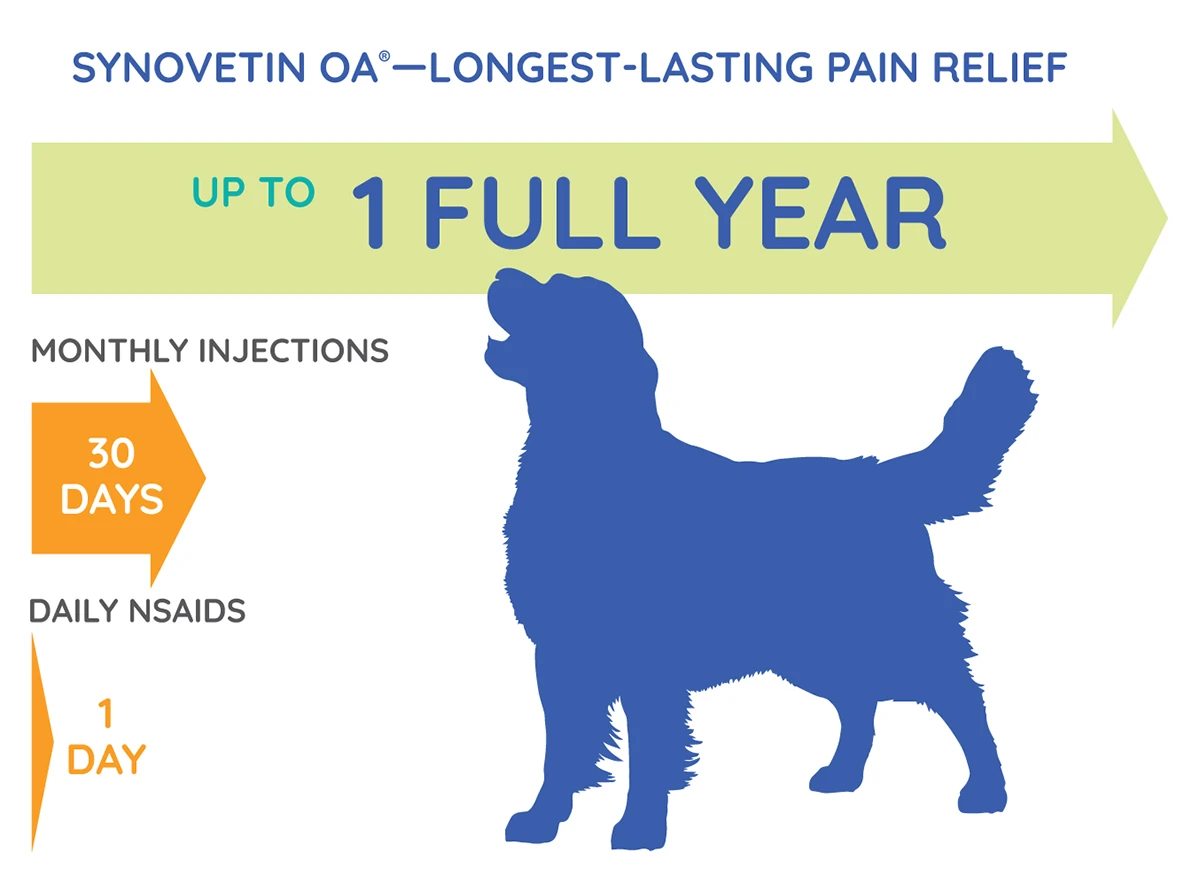References
1. Romer FW, Guermazi A, Felson DT, et al. Ann Rheum Dis. 2011;70(10):1804-1809. doi: 10.1136/ard.2011.150243. 2. Sellam J, Berenbaum F. Nat Rev Rheumatol. 2010; 6:625-635. https://doi.org/10.1038/nrrheum.2010.159 PMID: 20924410. 3. Scanzello CR, Umoh E, Pessler F, et al. Osteoarthritis Cartilage. 2009; 17: 1040-1048. https://doi.org/10.1016/j.joca.2009.02.011 PMID: 192892341. 4. Aulakh KS, Lopez MJ, Hudson C, et al. Vet Med (Auckl). 2021. Jun 4;12:117-128. doi: 10.2147/VMRR.S295309. PMID: 34113552; PMCID: PMC8187093. 5. Donecker J, Fabiani M, Gaschen L, Aulakh KS. PLoS One. 2021. Jul 19;16(7):e0254613. doi: 10.1371/journal.pone.0254613. PMID: 34280212; PMCID: PMC8289027. 6. Donecker J, Lattimer JC, Gaschen L, Aulakh KS. Vet Med (Auckl). 2021. Dec 17;12:325-335. doi: 10.2147/VMRR.S345144. PMID: 34950571; PMCID: PMC8691448. 7. Lattimer JC, Selting KA, Lunceford JM, et al. Vet Radiol Ultrasound. 2019. Sep;60(5):567-574. doi: 10.1111/vru.12757. Epub 2019 Jun 2. PMID: 31155782. 8. Doerr C, Bendele A, Simon J, et al. Poster presented at the Society of Nuclear Medicine & Molecular Imaging Annual Conference. San Diego, CA. 2016. 9. Data on File. Pathology Report. Bolder BioPATH, Inc.; Boulder, CO.





